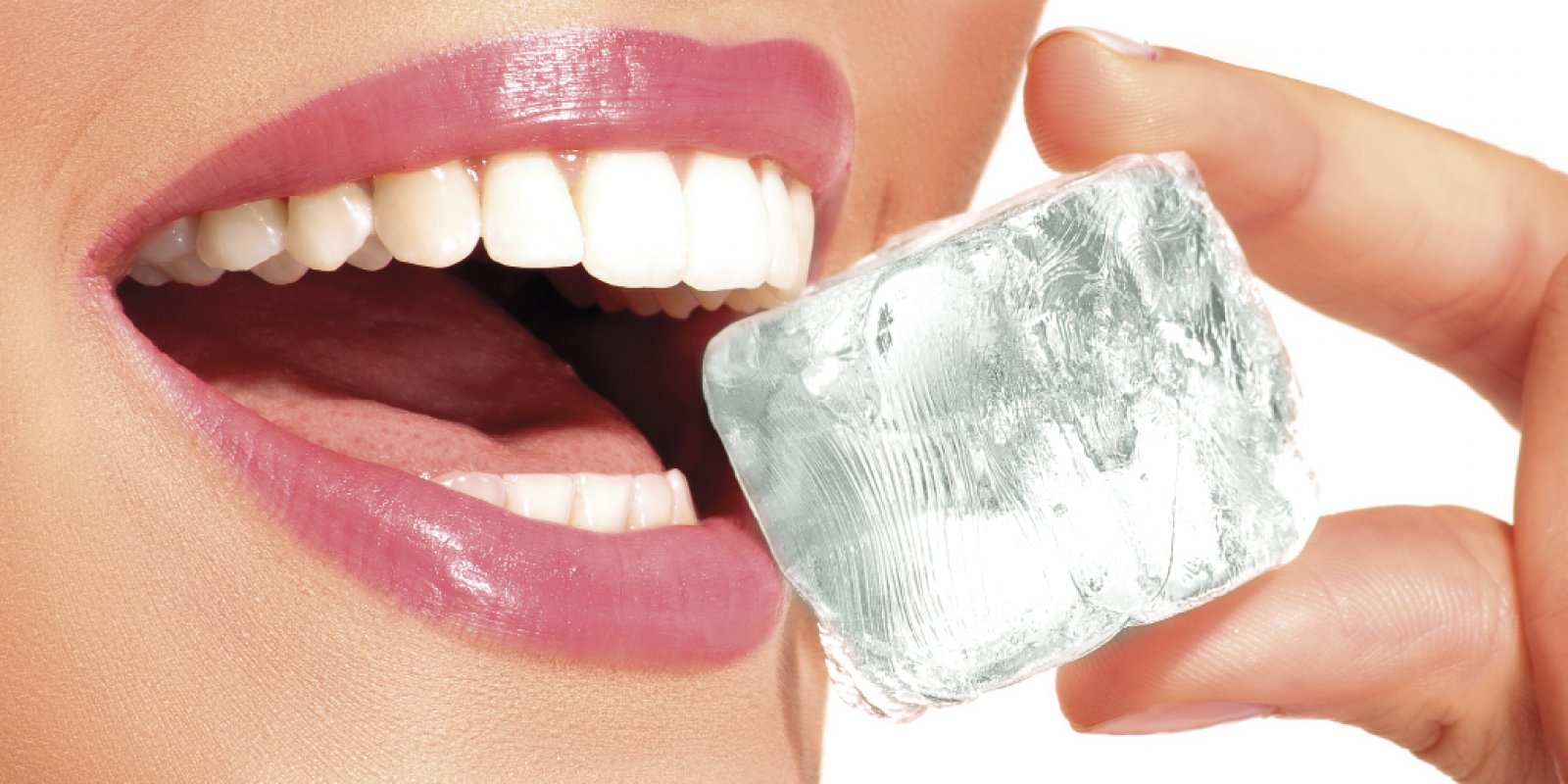Dr. Arabella Michelén
Sunday, June 16, 2024
The tooth germs They begin their formation in the womb and the first to appear in the oral cavity is around four months of the infant's life. It is important to remember that the first set of teeth consists of twenty teeth and the permanent set of thirty-two; among their main functions we can mention: nutrition, phonation and aesthetics. Different factors intervene in the eruption process, some considered physiological, others not.
This article will highlight the non-physiological factors and their consequences, which develop at different stages of life, starting from a very early age regardless of: sex, race, etc.
A bad habit is defined as a repetitive behavior, generally unconsciously, acquired; they tend to be difficult to quit without treatment.
You can read: Historical significance of accurate weather predictions
In the field of dentistry and in relation to children, the most common are: thumb sucking, bruxism, sugary drinks with a bottle and the use of a pacifier beyond the age of two or three. These not only interfere with the correct eruption of teeth, they can also affect the child's oral and general health.
⁃ The habit of sucking one or more fingers sometimes begins in the mother's womb and is generally abandoned before the child is two years old. Its persistence causes dental malocclusions, difficulty in learning to speak, dental deviation, and repetitive infectious processes, among others.
It is one of the The most common and difficult to eliminate bad habits, since the child always has his fingers within reach.
⁃ Use of a pacifier, parents generally prefer this to the previous one, because when it is “lost” they will spend a few hours or days of anguish, but it is no longer there and the child sometimes finds it difficult to adapt to another one. The consequences are very similar to the previous bad habit.
⁃ Sugary drinks with a bottle or sippy cup, especially when used as the last food of the day, at bedtime. Sometimes the bottle is even left in the child's mouth while the child is sleeping. This high sugar load in the oral cavity finds the ideal conditions to start the process of decomposition and demineralization of tooth enamel, mainly affecting the vestibular surfaces. This is the first step in what will probably become rampant tooth decay and all the complications that this entails: pain, inflammatory processes, malnutrition, loss of appetite, development of recurrent infectious processes, psychological trauma, teasing. These are also known as bottle caries and represent an extremely negative condition for the child's well-being, oral, mental and general health.
⁃ Bruxism, is the grinding of teeth, it is common during the mixed dentition period, also associated with anxiety. It is associated with the wear of the dental surfaces and bad occlusions.
The treatment for bad habits is quite similar, it is generally multidisciplinary, with the pediatric dentist generally being the first to diagnose it.
It is important that parents recognize and accept that the child has this situation, then that treatment is necessary to solve it, which mainly ranges from therapy, self-control, support from the environment, replacement of bad habit, fixed or mobile equipment and positive reinforcement and continuous check-ups by a professional. It is a long process, where patience and persistence must prevail. Sometimes you will have to go backwards, but abandoning the treatment should not be an option. Follow the instructions of your health professional and avoid possible complications.










